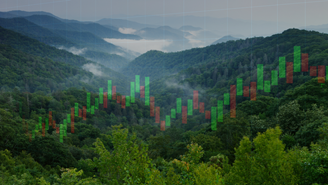This blog originally appeared on GES International’s website and has been republished following Sustainaltyics’ acquisition of the company on 9 January 2019. See the press release for more information.
The first part of the blog underlined how food is the cause of all sorts of problems and negative impacts. But here comes the good news: sure, things are a bit gloomy and systems-thinking needed to address the food security challenge will be no easy feat, but experts reassure that we can feed the world within planetary boundaries and the EAT Forum confirmed that there are various encouraging developments underway. Many companies and individuals are coming up with innovative and/or technical solutions and authorities have woken up to the need to act.
The key changes most actors highlight as necessary include dietary shifts (towards plant-based but also e.g. improving the nutrition quality of packaged foods and enabling shoppers to make informed and sustainable choices), reduction in food loss and waste, better functioning trade, strict management of land and oceans and a sustainable intensification of production systems to close yield gaps. Needless to say, these changes present both material risks and opportunities for investors and they should hence be considered when analysing companies’ prospects as well as discussed in collaborative and one-to-one engagements. One example of an investor network focusing on food-related profitability and returns is FAIRR, which GES is a member of. FAIRR assesses risks associated with animal factory farming and encourages e.g. food producers to limit antibiotic use in livestock supply chains, and food retailers to strategically diversify their protein sources.
Many of the changes (must) happen on the individual level, however food is an emotive and personal issue and it is hard for policy-makers trying to regulate how people eat. Factors at play include culture, values, traditions and life choices, and money is not an insignificant influence either – at any stage of the food system. It is also worth noting – and a little bit sad – that marketing is much more efficient than education in changing minds and behaviour and, importantly, shaming rarely leads to positive changes. My other favourite concept, nudging, should therefore come in handy along with educators taking a leaf out of the marketers’ book and paying more attention to what people enjoy, not just what they ought (not) to do.
Summa summarum, the global food system is broken and must change for the benefit of our health, societies, economies and the environment. But this is now a recognised fact and the transformation has begun, or to quote Christiana Figueres: Cinderella has been invited to the ball. Indeed, all things considered, my most important takeaway from the EAT Forum discussions was that optimism is not the result of success, it’s the starting point for it.




